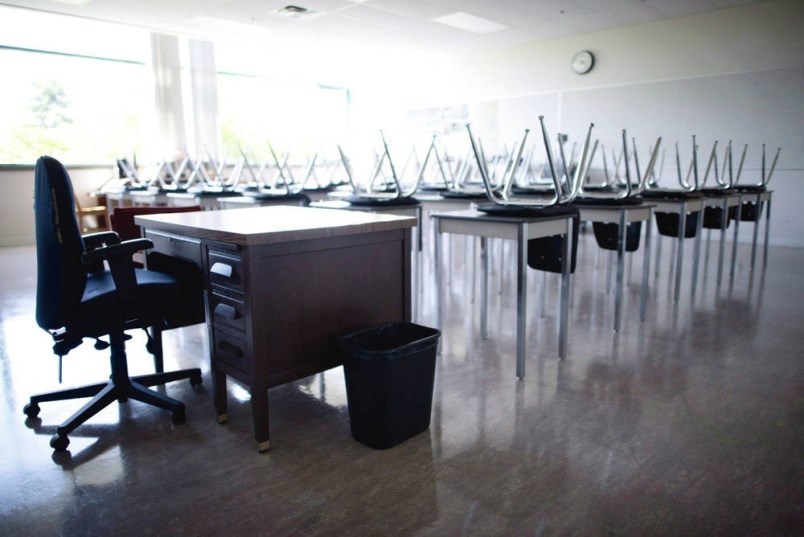If the COVID-19 pandemic has contributed anything worthwhile to the organization and delivery of public education, it would be the challenge it has provided to the notion that teaching and learning is best conducted in an 80-square-metre classroom, 25 to 30 kids at a time.
According to Chloe Faught, president of the Vancouver Island Environmental Educators Provincial Specialist Association, the majority of established environment-based programs in Vancouver Island schools and in other areas of the province are in the early stages. Many are the initiative of individual teachers and not yet system-wide.
That, however, is changing, as environmental-awareness programs continue to gain support from teachers, parents and students.
As an example, leaders of six Kootenay school districts have collaborated on the Kootenay-Boundary Environmental Education Initiative, with the goal of better supporting students’ understanding of their local environment through learning that is outdoors and experiential.
Sooke School District is enjoying success and parent support for its Nature Kindergarten programs at Sangster and Saseenos elementary schools, if the parent lineups for admission are any indication.
The restrictions imposed by COVID have also given a boost to an idea called “place-based learning,” an approach that takes advantage of a school’s local geography to create personalized learning for students — students still study language arts, mathematics, social studies, science and other subjects, but in an environmental context, according to a PBE website.
This challenge to the status quo requires adjustments for teacher-training institutions. The majority of teachers are still trained under the assumption that teaching and learning will occur inside, not outside, the classroom.
UBC now offers an Outdoor Environmental Education diploma program to help educators “incorporate outdoor learning into their daily practice” with “place-based learning, nature learning and sustainability learning,” according to a course guide.
The B.C. Ministry of Education also offers “Environmental Learning and Experience – An Interdisciplinary Guide for Teachers” to guide teachers in their education planning using the environment as an organizing theme.
One stumbling block is the fact that schools, elementary and secondary, are still being designed around the 1950s-era model: a group of 80-square-metre classrooms accommodating a teacher and 20 to 30 students, with outdoor spaces reserved for play.
But according to Sooke School District Scott Stinson, the district is conducting a review of its facilities to determine suitability for additional outdoor learning opportunities. “Education outside the classroom,” at one time merely a trend, is now — in part because of the pandemic — encouraging teachers to develop curriculums that include learning outdoors — everything from biology field trips to searching for insects in the school garden. The goal is to enable students to engage with and understand their environment.
Supporters of the idea suggest that students can become more aware that they are part of a greater ecosystem through a closer look at their environment.
And what about the higher grades? B.C.’s “new Curriculum” at the Grade 11 and 12 levels has learning goals for outdoor education that include the expectation that students will participate in a variety of outdoor activities and “learn how to participate safely in outdoor activities which require affective skills like communication, teamwork and collaboration” — all skills identified as essential in the Conference Board of Canada’s vision for 2020 education.
A leading influence in the field of place-based education is Dr. Stephen R. Kellert, who was a professor of social ecology at the Yale School of Forestry and Environmental Studies. His research and writing advanced the understanding of the connection between humans and the natural world.
Kellert helped pioneer the theory of “biophilia,” which described humanity’s “innate tendency to focus on life and lifelike processes,” and to be drawn toward nature, to feel an affinity for it.
In 2005, Kellert wrote that “nature is important to children’s development in every major way: Intellectually, emotionally, socially, spiritually, and physically.”
Outdoor learning is definitely an idea whose time has come.
Geoff Johnson is a former superintendent of schools.



